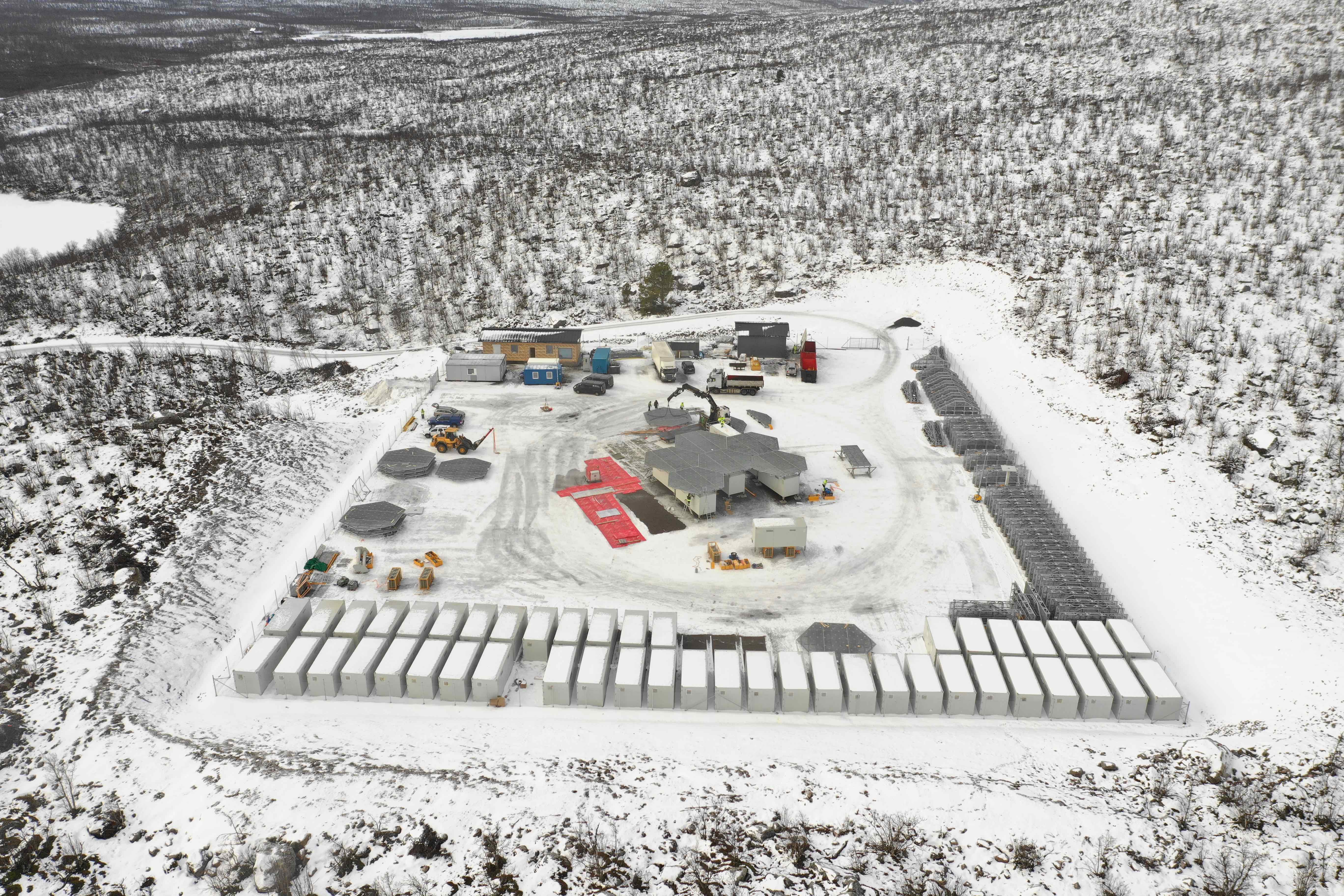UAF physicist receives top honor from European science association
Rod Boyce
907-474-7185
July 11, 2024

Craig Heinselman
Research professor Craig Heinselman of the University of Alaska Fairbanks Geophysical Institute will receive the 10th Beynon Medal for his work leading a six-nation organization that builds and operates ionospheric research facilities in northern Europe.
Heinselman led the European Incoherent Scatter Scientific Association from 2012-2022 and joined the Geophysical Institute in April 2023. His expertise is in aeronomy, focusing on the ionosphere’s physical and chemical processes.
The Beynon Medal, named after the late Welsh physicist Sir William John Granville Beynon, is awarded by the EISCAT Council. The council includes representatives of China, Finland, Japan, Norway, Sweden and the United Kingdom.
The Beynon award has only been given 10 times in its 22-year history.
“Receiving the Beynon Medal is a great, unexpected honor,” Heinselman said. “I’m really humbled to be listed with the nine earlier recipients of this award.”
The EISCAT Council recognized Heinselman for his work in advancing EISCAT_3D, a radar system designed to study Earth’s ionosphere, other parts of the upper atmosphere and the near-Earth space environment. It will be the only facility of its kind dedicated to ionospheric research.
The ionosphere is a region of Earth’s upper atmosphere where the thin air is ionized by solar and cosmic radiation as well as the energetic particles that generate auroras.
“Professor Heinselman’s knowledge and experience from earlier work with different radar stations in the most remote locations was of great value in the development, construction and design of EISCAT_3D,” the award announcement reads.
Heinselman was the seventh director of the EISCAT Scientific Association, which formed in 1975.
The association operates several radar systems on the Arctic island of Svalbard and in northern Fenno-Scandinavia, composed of the Scandinavian Peninsula, Finland and northwestern Russia. Scientists use the radars to study atmospheric and space phenomena such as the ionosphere during geomagnetic storms, the formation and dynamics of auroras, and the influence of solar activity on Earth’s magnetosphere.

A construction crew works on the EISCAT_3D radar receiver site in Kaiseniemi, Sweden, in November 2022.
EISCAT_3D, when complete, will use a network of antennas at three sites — one each in Finland, Norway and Sweden — to provide high-resolution, three-dimensional images of the ionosphere. It will support a wide range of research in fields such as space weather, atmospheric science and geophysics.
Understanding space weather processes has become increasingly important to operators of satellites, communications and navigation systems, and power grids, all of which can be damaged or disrupted by space weather.
EISCAT_3D has an estimated construction cost of $65 million to $70 million. Antenna arrays at the three sites are complete, and most infrastructure is finished, but electronics systems are not yet operational.
Before directing EISCAT, Heinselman co-led a nearly $40 million National Science Foundation project to build the Advanced Modular Incoherent Scatter Radar, or AMISR, systems. One AMISR radar is at the Geophysical Institute’s Poker Flat Research Range northeast of Fairbanks. Two are at Canada’s Resolute Bay.
The AMISR system, completed in 2006, improved on earlier systems by allowing radar beams to be rapidly steered and coordinated in response to upper atmosphere conditions that can change in seconds. That ability greatly increased scientific capability.
Heinselman left EISCAT at the end of his latest contract rather than compete for a new five-year term.
Geophysical Institute Director Bob McCoy didn’t wait.
“Bob McCoy approached me and said, ‘Hey, would you like to do something interesting?’” Heinselman said.
Heinselman will travel to Sweden in late 2025 to receive the Beynon Medal at an event to coincide with the inauguration of the EISCAT_3D system.
004-25


